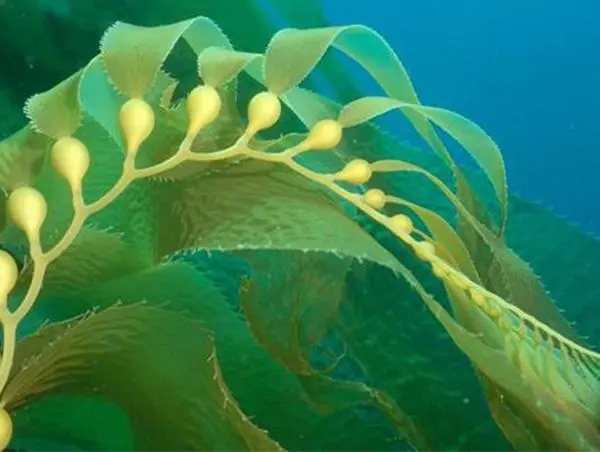Definition of Alginate Fiber
Alginate fiber is one of synthetic fibers. It is the fiber made from alginic acid extracted from some brown algae plants in the ocean.
Morphology of Alginate Fiber
Alginate fiber has uniform thickness and has grooves on the longitudinal surface. The cross section is irregularly serrated and there is no thick cortex, which is similar to that of ordinary viscose fiber.
Process of Alginate Fiber
Generally alginate fiber is produced by wet spinning process. It is as following:
Sodium alginete → Dissolving → Filtering → Defoaming → Spinning → Stretching → Washing → Drying → Coiling
Performance of Alginate Fiber
1.Moisture absorption and moisture retention:
Alginate fiber is wet spun fiber. There are a lot of micropores in the fiber. So alginate fiber has good moisture absorption and moisture retention.
2.Self-flame retardancy:
Alginate fiber is a kind of flame retardant fiber. The carbonization degree of the fiber is high in the combustion process. It is extinguished when it leaves the flame and it will not have open flame in the air. Also it will not produce harmful gases when it is exposed to fire.
3.Electromagnetic shielding and anti-static ability:
For the special inter structure of sodium alginate, it can chelate polyvalent metal ions to form stable complexes which has large adsorption of metal ions. After adsorbing metal ions, the alginate fiber can be used to make electromagnetic shielding fabric.
4.Biodegradability and compatibility:
Alginate fiber is biodegradable. It is environmentally-friendly. That solves the problem of environmental pollution. For its compatibility, it can be used as surgical line without taking out stitches, which reduces the patient’s pain.
Wholesale 45361 Handle Finishing Agent Manufacturer and Supplier | Innovative (textile-chem.com)
Post time: Jul-07-2023



